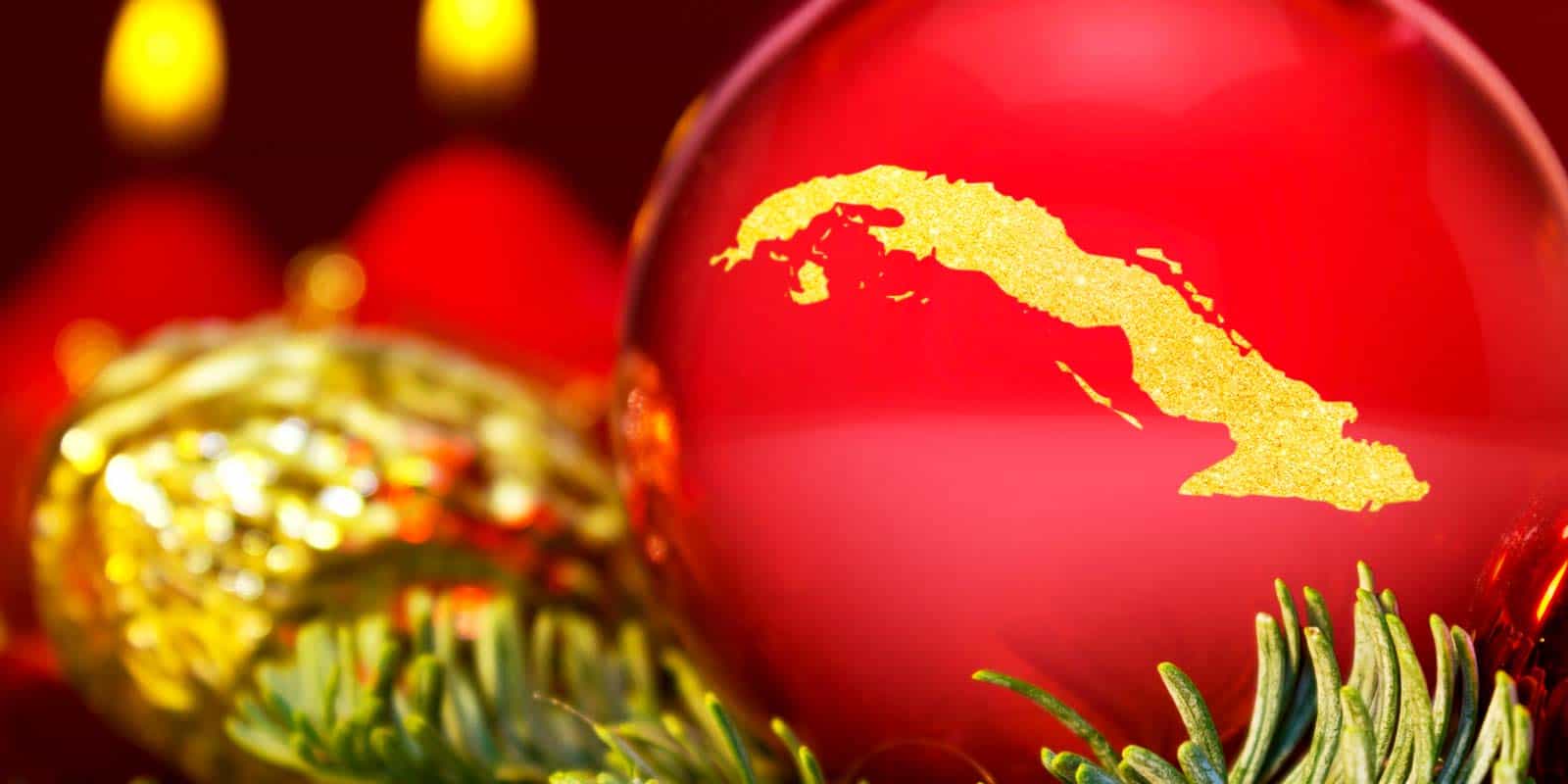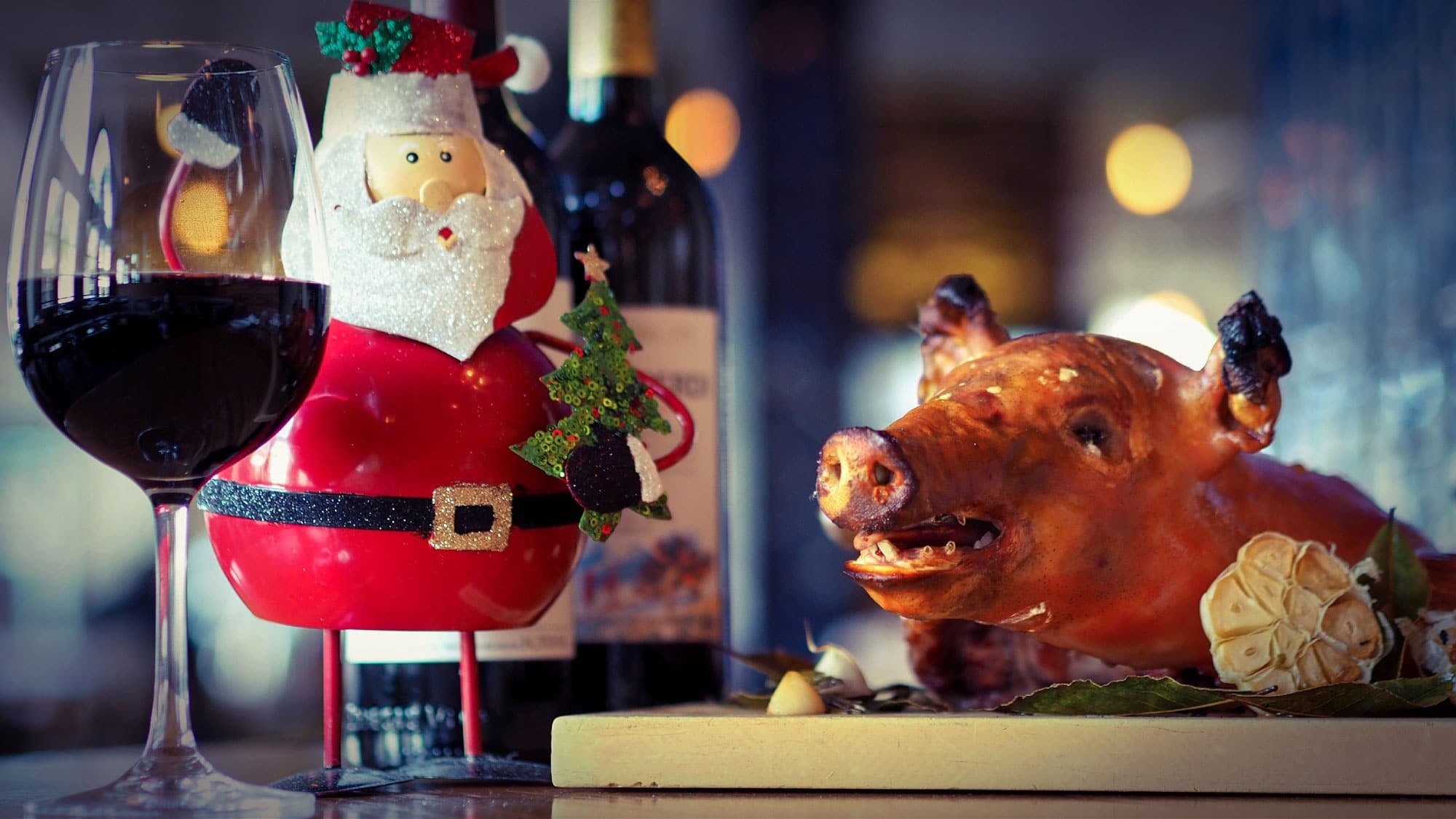
Due to the peculiar characteristics of this country, the Christmas in Cuba It is a bit different from the ones that are celebrated in other Latin American countries. The communist government of Fidel Castro prohibited this celebration in 1959, but three decades later this restriction was lifted and Cubans were able to recover the traditions and celebrations of always.
The "official" return of Christmas to the island occurred in 1998, with the visit of Pope John Paul II to Cuba. It was then that the Cuban government, in a conciliatory gesture with the Holy See, declared December 25 as a holiday. The idea was well received by people, who wanted to recover one of their most beloved parties that was never forgotten.
But even despite this, Christmas in Cuba is different. It is celebrated in an intense and joyful typically Cuban way, although it is devoid of the warmth of other places and, to a large extent, of its religious component. And although the authorities allow the celebrations, they are not involved in them either. For example, it is rare to find Christmas decorations or listen to the music of Christmas carols in many of the towns and cities of the island beyond the large urban centers such as Havana, Trinidad, Casas Particulares Cienfuegos o Santiago de Cuba.
Christmas Eve parties
Cuban Christmas Eve is celebrated with a lot of color and passion. The best examples of this way of living this holiday can be found in two locations: Villa Clara y Bejucal.
The Parrandas de Remedios
During the week before Christmas in Villa Clara the festivities of San Juan de los Remedios are developed, which have their most colorful expression in the so-called parties, declared Intangible Heritage of Humanity by UNESCO.
The tradition of the parrandas was born about two hundred years ago. The residents of the town are divided into two sides: El Carmen and San Salvador. Both groups work hard throughout the week to design the most striking and spectacular floats and costumes.
Every night until Christmas Eve The two parties are launched to parade through the streets to the sound of music and fireworks, competing in rhythm, joy and showiness. Although both compete to be the best, no winner is proclaimed. The only objective is to have fun, as shown in this video (its author is Juan Manuel Pacheco):
The Charangas of Bejucal
This festival is one of the oldest on the island and very representative of how Christmas is lived in Cuba. It dates back to the years of the colonial era, where it was customary for lords to grant their slaves December 24 as a day off. Black slaves, originally from Africa, enjoyed this little break by dancing and beating their drums.
Today's celebrations are a bit different. The town of bejucal It is divided in two brass bands: on the one hand that of the Silver Ceiba, which exhibits the blue color and a figure of the scorpion as symbols, and on the other the Golden Thorn, which flies the red color and banners with the effigy of a rooster. As with the Remedios parrandas, it is a competition that attracts not a few visitors on Christmas Eve.
Christmas in Cuba: gastronomy
As it cannot be otherwise, the gastronomy occupies a very important place in the celebration of Christmas in Cuba. These dates are the time when families and friends gather around the table, regardless of each other's religious sentiment. In the case of believing families, dinner is relatively early in order to be able to attend the Midnight mass.

The roast pork or suckling pig is the star dish of Christmas dinners and meals in Cuba.
In many cities of the island the night culminates with a show of Fireworks. The one that takes place in the Paseo del Malecón, in Havana. There are many tourists who come to this place to enjoy this moment.
The star dish of Cuban Christmas cuisine is the roast pork or suckling pig, whose importance is similar to that of roast turkey in Anglo-Saxon countries. The meat is usually served with various sauces and accompaniments with White rice, black beans, salad, pan o yucca in mojo, a typical Cuban delicacy of these dates. In the dessert section, we must mention the traditional ones fritters and orange shells.
There is no deep-rooted custom of exchange gifts neither at Christmas Eve dinner nor at Christmas lunch. However, it is common to end the party with music, dance and a lot of rum, in the purest Cuban style.